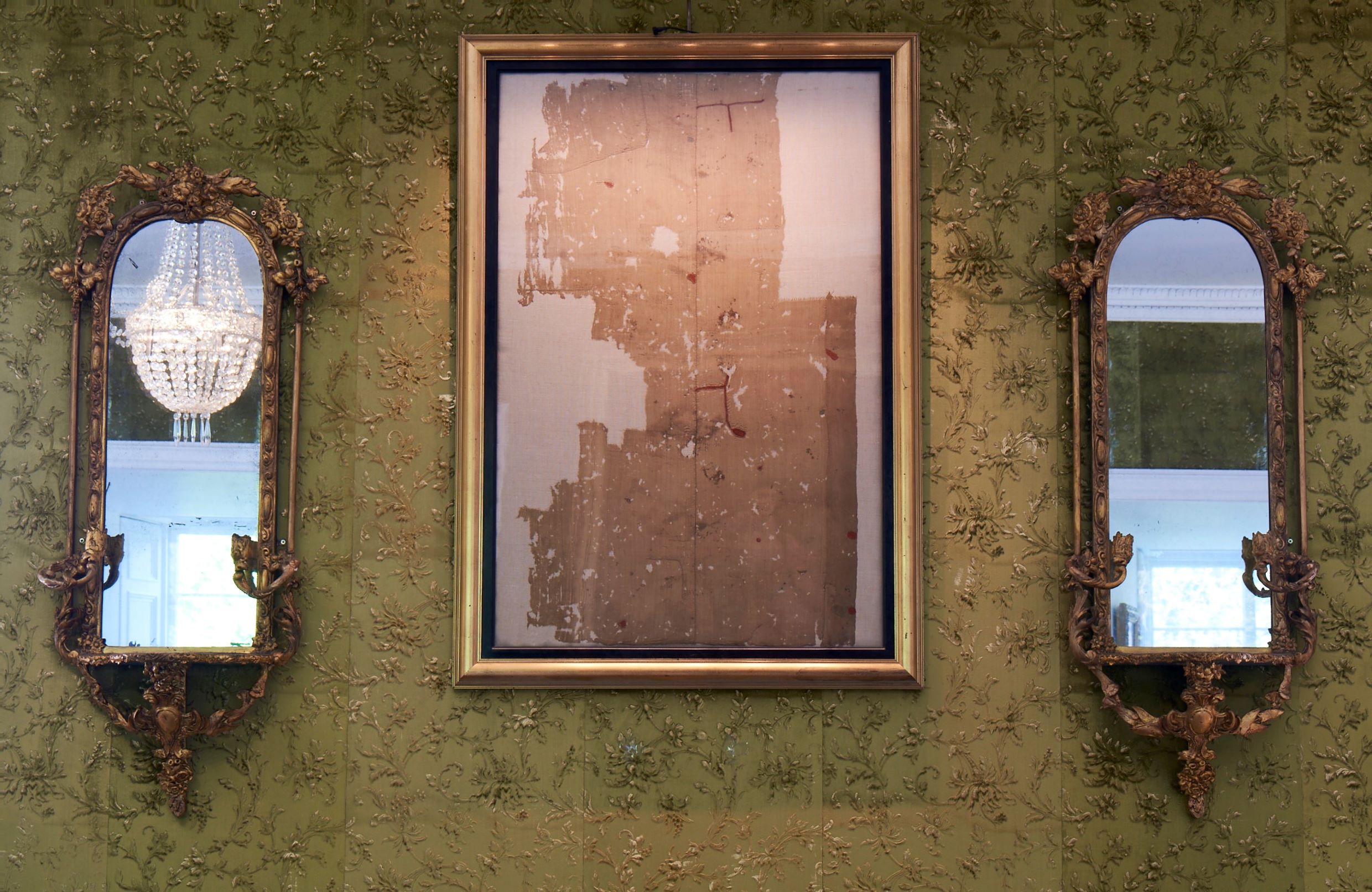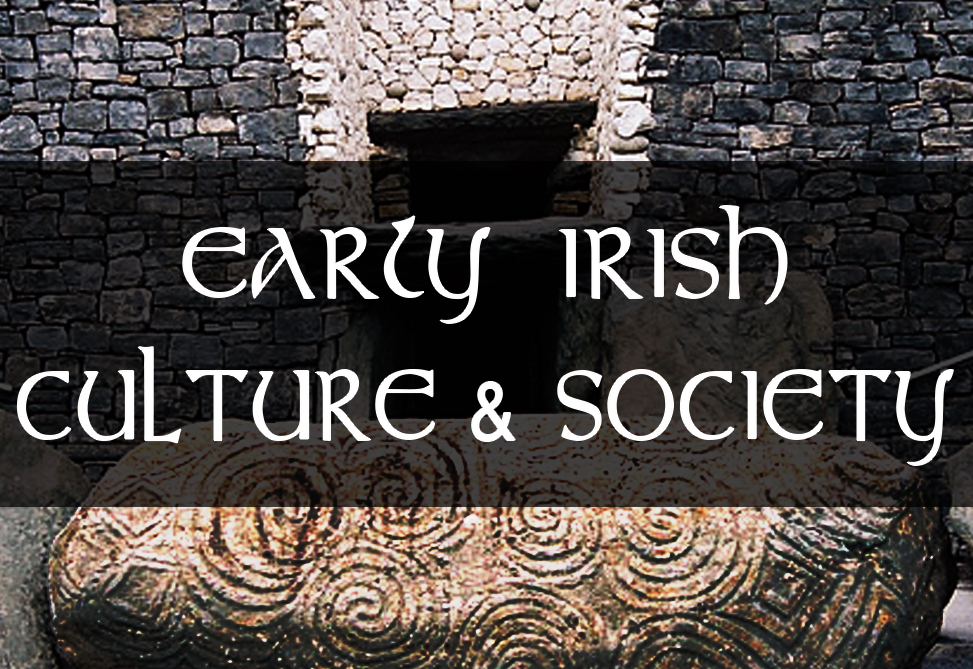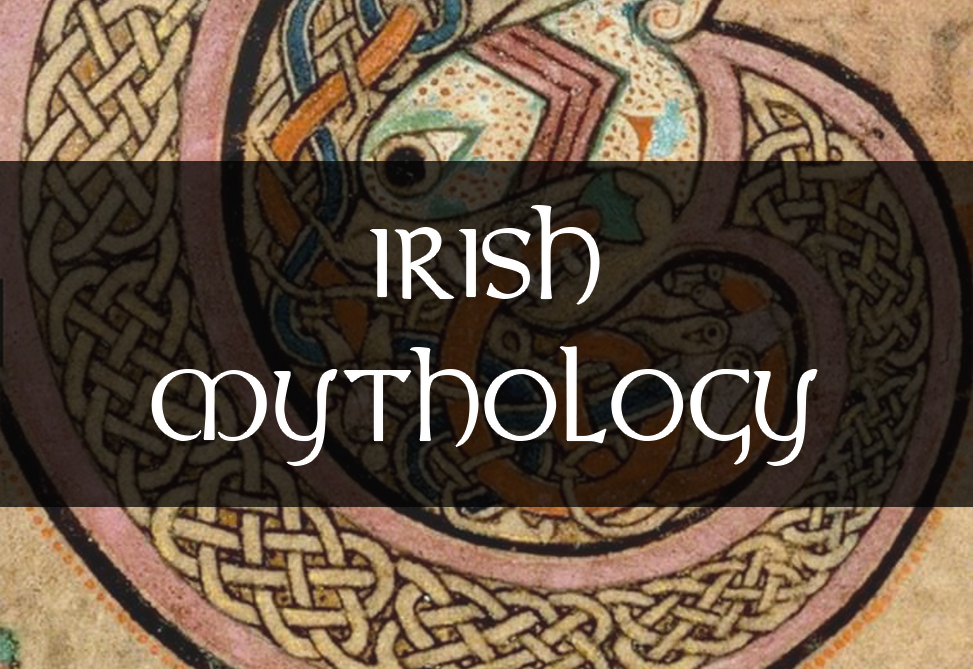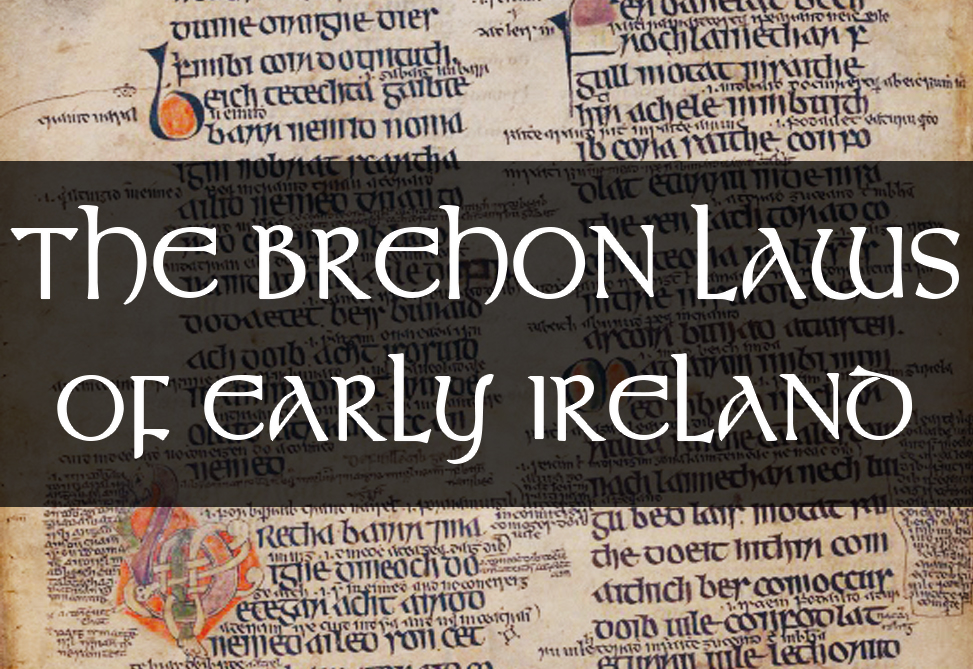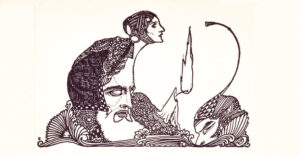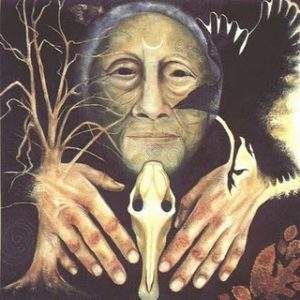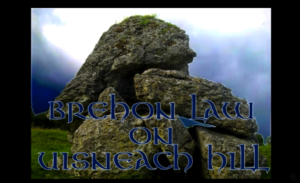Nestled on the rugged shores of the Isle of Skye, Dunvegan Castle stands as a testament to the enduring legacy of Clan MacLeod. For over 800 years, this fortress has been the ancestral seat of the clan’s chiefs, safeguarding their most treasured heirlooms.
Among these relics, none is more enigmatic or revered than the Fairy Flag, known in Scottish Gaelic as Am Bratach Sìth. This tattered scrap of silk, faded to a pale beige and adorned with faint red stitching, is steeped in centuries of folklore, magic, and historical intrigue.
Far more than a mere artifact, the Fairy Flag is a symbol of the MacLeods’ resilience, their connection to the mystical, and the blurred line between history and myth.
𝐀 𝐅𝐫𝐚𝐠𝐢𝐥𝐞 𝐑𝐞𝐥𝐢𝐜 𝐰𝐢𝐭𝐡 𝐚 𝐌𝐢𝐠𝐡𝐭𝐲 𝐑𝐞𝐩𝐮𝐭𝐚𝐭𝐢𝐨𝐧
Displayed in the drawing room of Dunvegan Castle, the Fairy Flag is a modest square of fabric, measuring roughly 18 inches on each side. Its delicate condition—threadbare, torn, and patched in places—belies its storied past.
Experts estimate that the silk dates back to between the 4th and 7th centuries AD, originating perhaps from Syria or Rhodes in the Far East. Once marked with small crosses and red “elf dots,” the flag has deteriorated over time, its vibrant details fading into memory. Yet, despite its fragility, the MacLeods have long believed it to possess extraordinary powers: the ability to turn the tide of battle, cure plagues, and protect the clan in times of dire need.
The flag’s mystique is amplified by a prophecy: it can be unfurled only three times to summon its magic before it either loses its power or vanishes back to the fairy realm, possibly taking its bearer with it. Clan tradition holds that it has already been used twice, leaving just one invocation remaining—a tantalizing prospect that has kept it locked away as both a treasure and a latent weapon.
𝐋𝐞𝐠𝐞𝐧𝐝𝐬 𝐨𝐟 𝐎𝐫𝐢𝐠𝐢𝐧: 𝐅𝐚𝐢𝐫𝐢𝐞𝐬, 𝐂𝐫𝐮𝐬𝐚𝐝𝐞𝐫𝐬, 𝐚𝐧𝐝 𝐕𝐢𝐤𝐢𝐧𝐠𝐬
The Fairy Flag’s origins are shrouded in a tapestry of tales, each weaving together threads of the supernatural and the historical.
① Among the most cherished is the story of a MacLeod chief who fell in love with a fairy princess. In one version, the fairy’s father, the King of the Fairies, permitted their union for a year and a day, after which she had to return to her realm.
At their parting on the Fairy Bridge near Dunvegan, she gifted her husband the flag, promising it would aid the clan in times of peril. Their son, left behind, was later found wrapped in the silk by his nurse, accompanied by a fairy lullaby still sung within the clan today.
② Another fairy tale recounts a chief’s infant son, left alone during a castle feast, crying out until a fairy—sometimes said to be his mother—appeared to comfort him. She swaddled him in the flag, leaving it as a talisman with the power to summon fairy legions thrice in defense of the MacLeods.
These stories paint the flag as a bridge between the human and fairy worlds, a gift imbued with otherworldly protection.
Yet, not all explanations lean on the ethereal. Some suggest a more earthly origin tied to the Crusades. One legend tells of a MacLeod warrior who, while on a holy quest, defeated an evil spirit known as the Daughter of Thunder in a mountain pass.
Before dying, she instructed him to craft a banner from her girdle, which became the Fairy Flag. Scientific analysis supports a Middle Eastern connection, with the silk’s weave and stitching hinting at a relic—perhaps a saint’s shirt—acquired centuries before the Crusades began.
③ A third theory ties the flag to Norse roots, linking it to Harald Hardrada, an 11th-century Viking king believed by some to be an ancestor of the MacLeods.
As a mercenary in Constantinople, Hardrada may have acquired the silk during his travels, bringing it to the British Isles. This “Land Ravager” banner, said to guarantee victory, could have passed down to the clan, its Viking origins morphing into fairy lore over time.
𝐌𝐢𝐫𝐚𝐜𝐥𝐞𝐬 𝐢𝐧 𝐁𝐚𝐭𝐭𝐥𝐞 𝐚𝐧𝐝 𝐁𝐞𝐲𝐨𝐧𝐝
The Fairy Flag’s reputation as a magical talisman is cemented by its alleged interventions in MacLeod history. Clan tradition claims it was unfurled in two pivotal battles against their rivals, the MacDonalds.
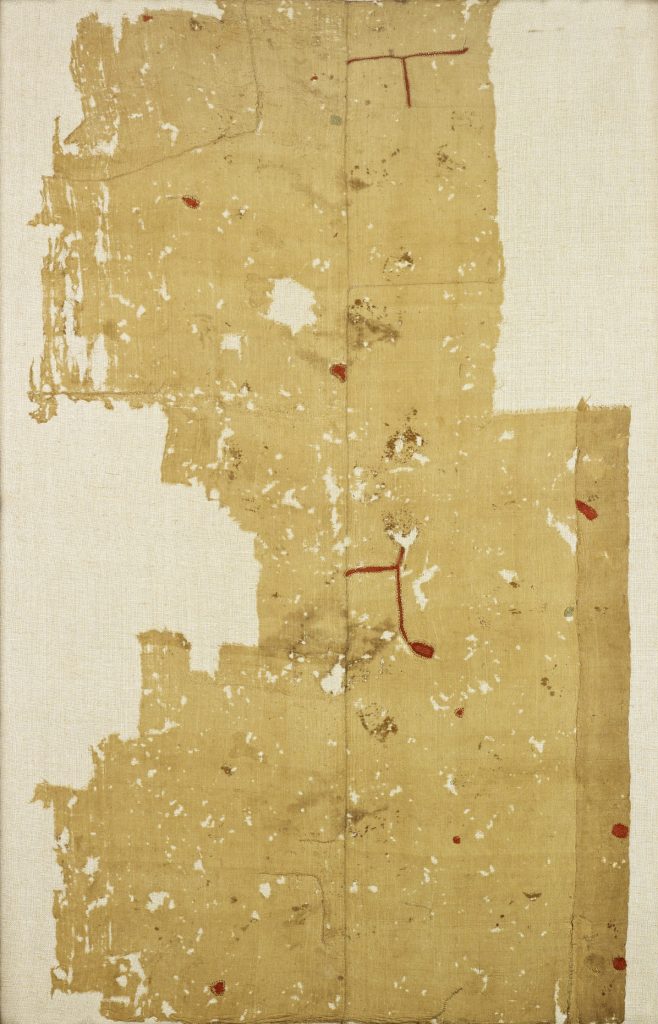
In the 1490s Battle of Glendale and the 1520 Battle of the Spoiling Dyke, the MacLeods were reportedly outnumbered until the flag was waved, turning certain defeat into triumph. In the latter clash, so many MacDonalds fell that their bodies were buried under a collapsed dyke, giving the battle its name.
Beyond warfare, the flag is credited with other miracles. During a devastating cattle plague that threatened the clan with starvation, its unfurling is said to have summoned fairies who restored the herd to health.
In 1939, when a fire ravaged Dunvegan Castle’s South Wing, the flag was carried to safety, and the wind reportedly calmed, allowing the flames to subside.
During World War II, MacLeod pilots carried its image as a lucky charm, and the 28th clan chief, Dame Flora MacLeod, offered to wave it from Dover’s cliffs to repel a German invasion—a request some say Winston Churchill considered but was ultimately declined.
𝐀 𝐒𝐲𝐦𝐛𝐨𝐥 𝐨𝐟 𝐂𝐥𝐚𝐧 𝐈𝐝𝐞𝐧𝐭𝐢𝐭𝐲
To the MacLeods, the Fairy Flag is more than a relic or a legend—it’s a cornerstone of their identity. Its preservation in Dunvegan Castle, alongside other heirlooms like the Dunvegan Cup and Sir Rory Mor’s Horn, reflects the clan’s pride in their heritage.
The flag’s condition has worsened over centuries, partly due to well-meaning clansfolk snipping pieces as keepsakes, yet its power endures in the collective imagination.
As Kevin Tolmie, president of the Clan MacLeod Society of Scotland, noted in a recent BBC article, its fragility makes it a candidate for scientific study—yet the clan remains wary of disturbing its mystique.
The Fairy Flag straddles the line between fact and folklore, a tangible link to a past where magic and history intertwined. Whether it was woven by fairies, carried by Crusaders, or borne by Vikings, its true origin may never be known.
But for Clan MacLeod, its presence in Dunvegan Castle is proof enough of its potency—a faded banner that continues to wave through the annals of Scottish legend.
Further reading:
- Grant, I. F. The MacLeods: The History of a Clan, 1200-1956. Faber & Faber, 1959.
- MacLeod, Flora (Dame). The Dunvegan Castle Archives. Clan MacLeod Society, unpublished collection, c. 20th century.
- Menzies, Gordon (ed.). The Lore of Scotland: A Guide to Scottish Legends. Lomond Books, 2001.
- Nicolson, Alexander. History of Skye: A Record of the Families, the Social Conditions and the Literature of the Island. MacLean Press, 1930 (reprinted 1994).
- Swire, Otta F. Skye: The Island and Its Legends. Blackie & Son, 1961.
- Tolmie, Kevin. “The Fairy Flag: A Fragile Treasure.” BBC Scotland, January 15, 2023, www.bbc.co.uk/scotland/history/fairy-flag.
